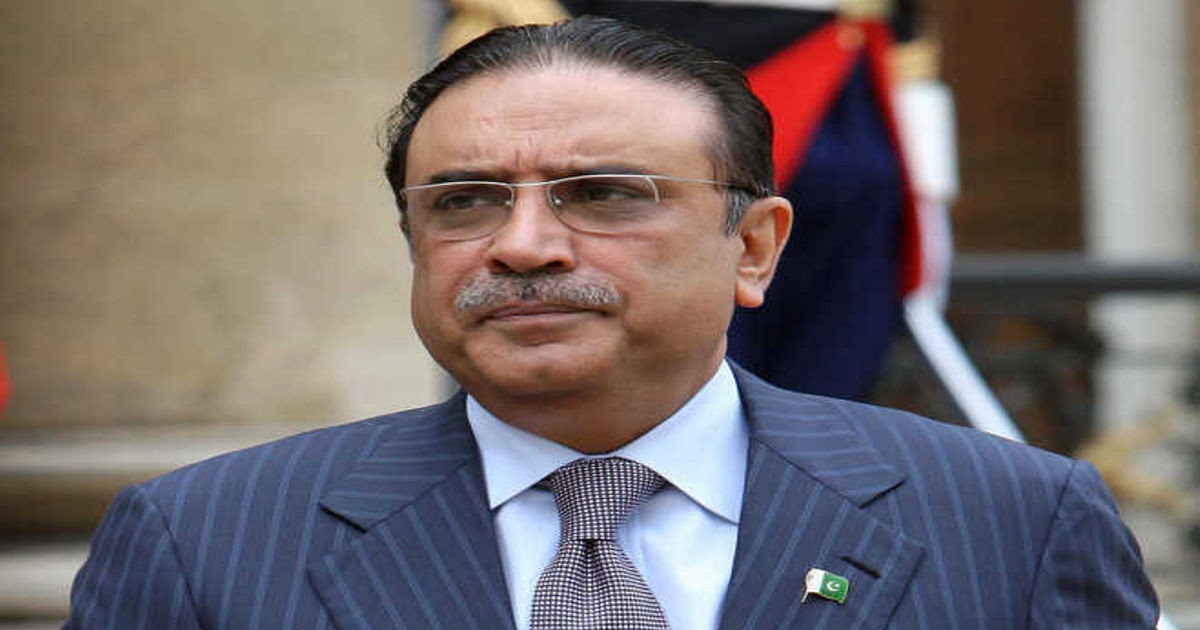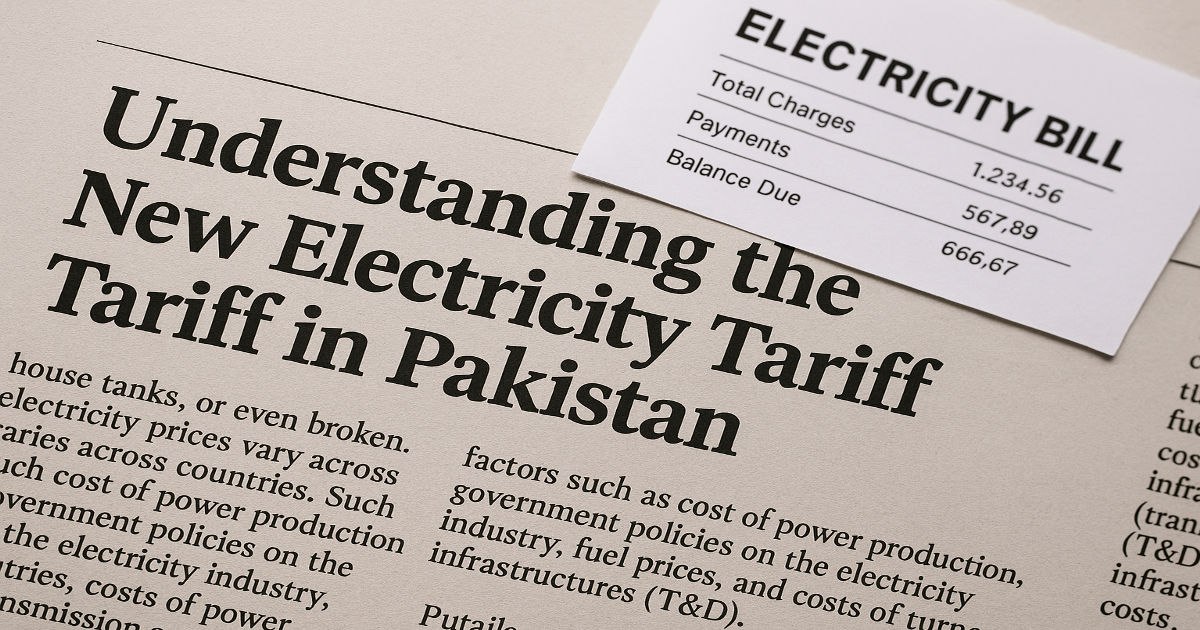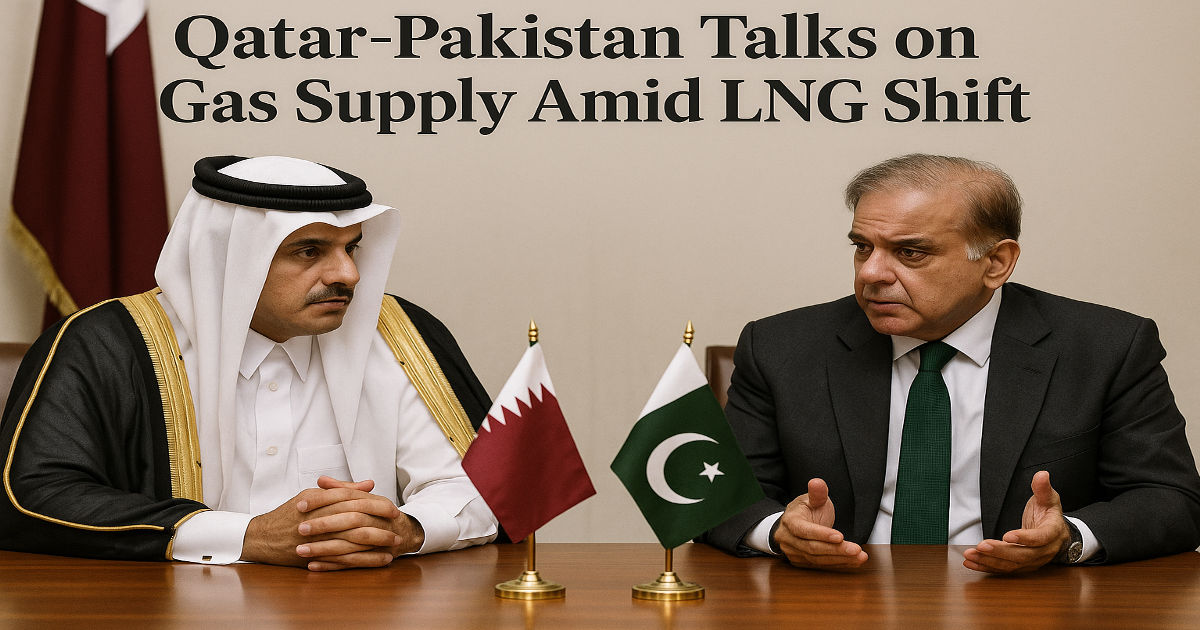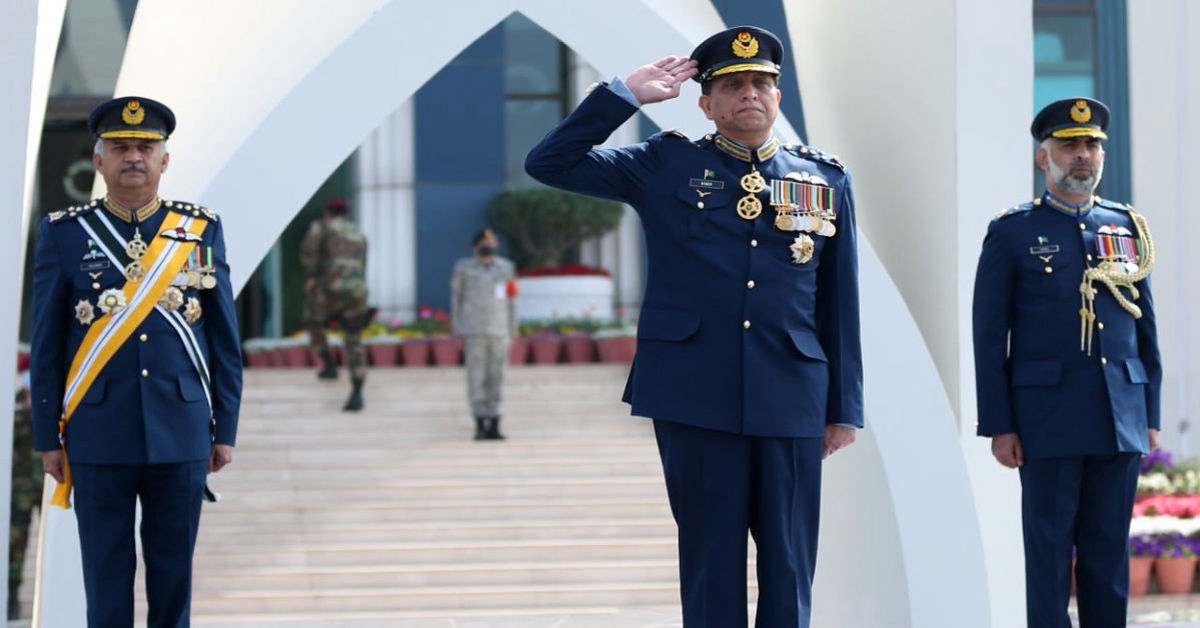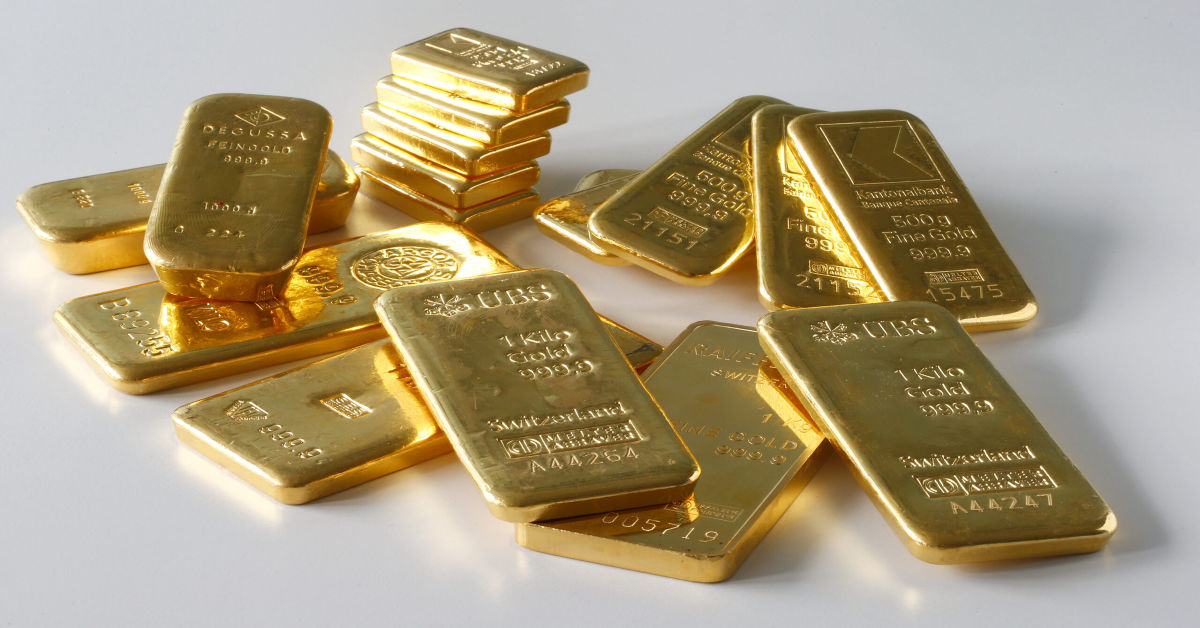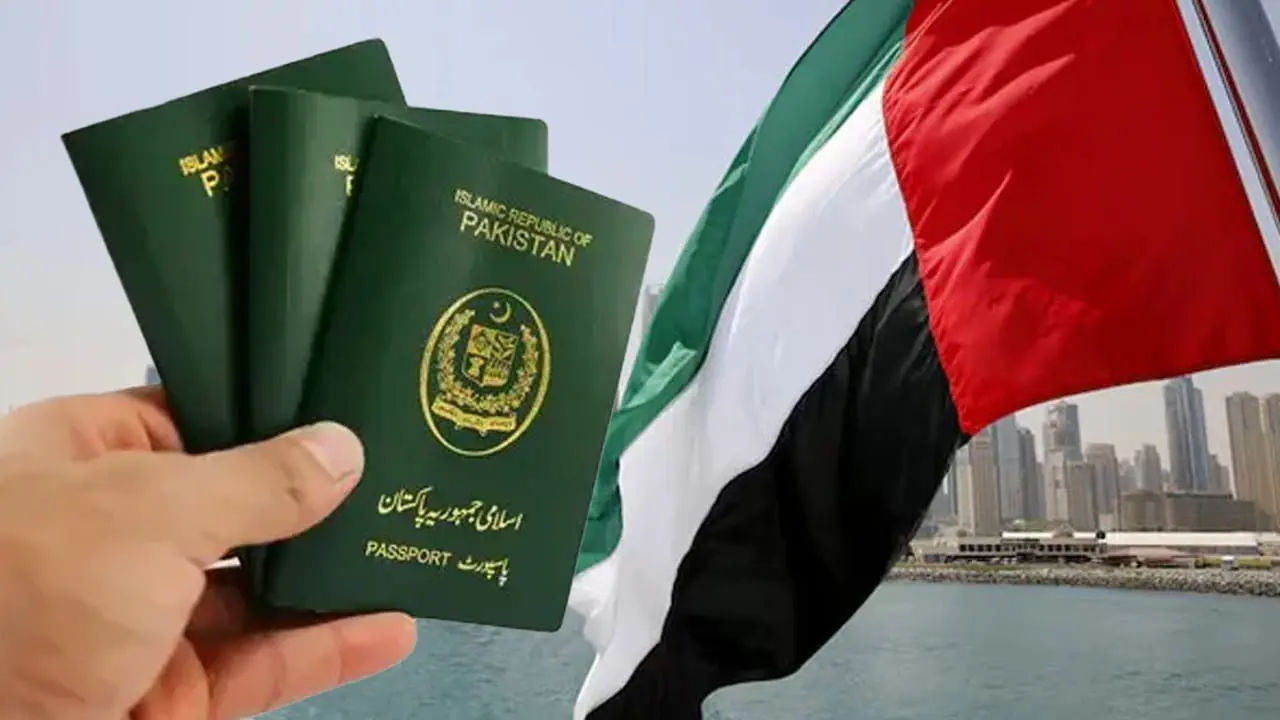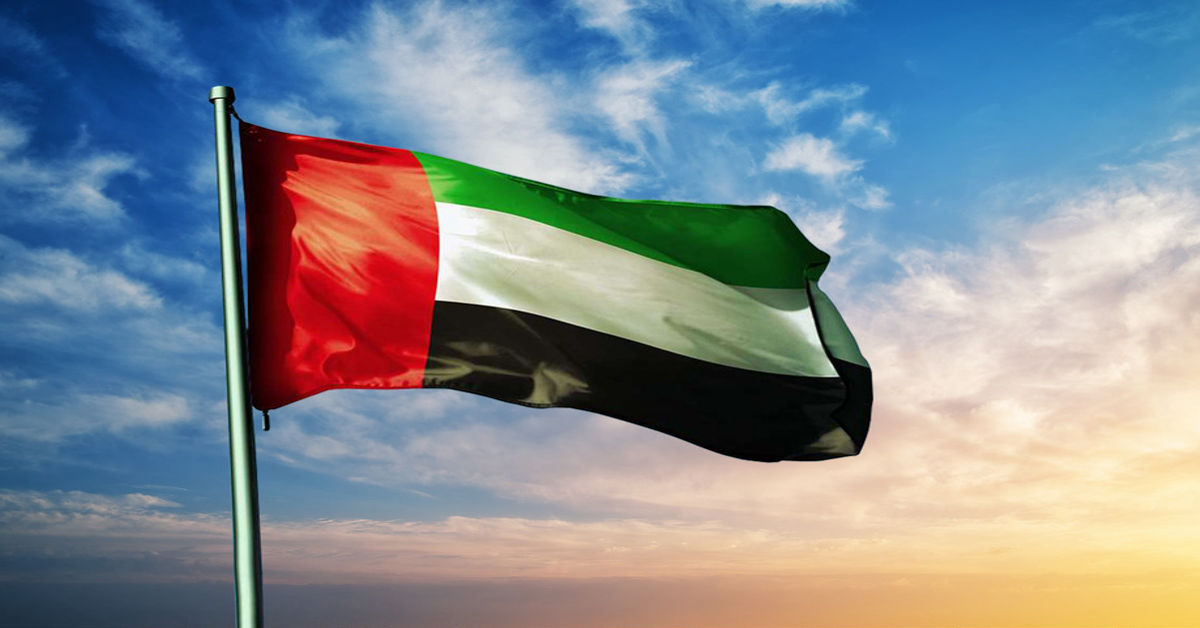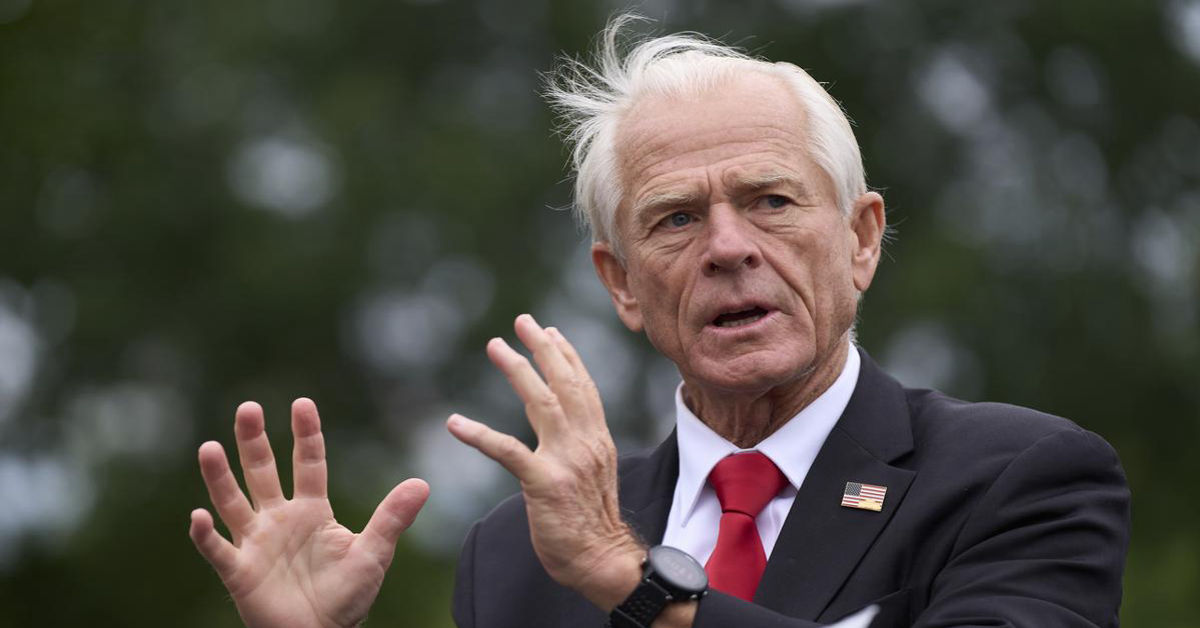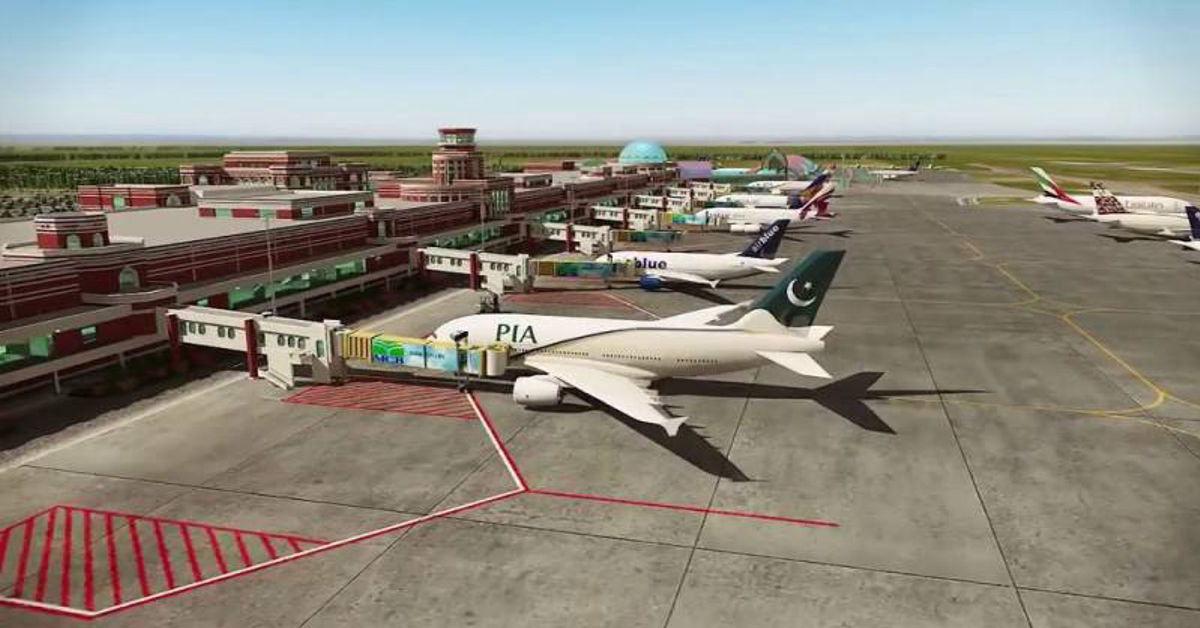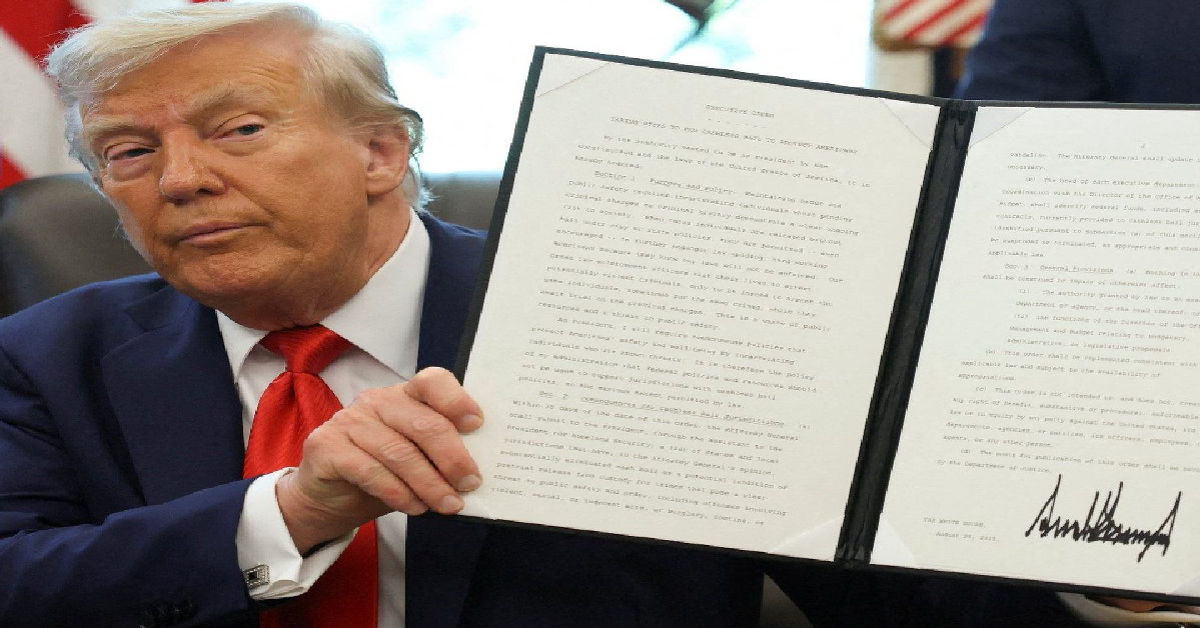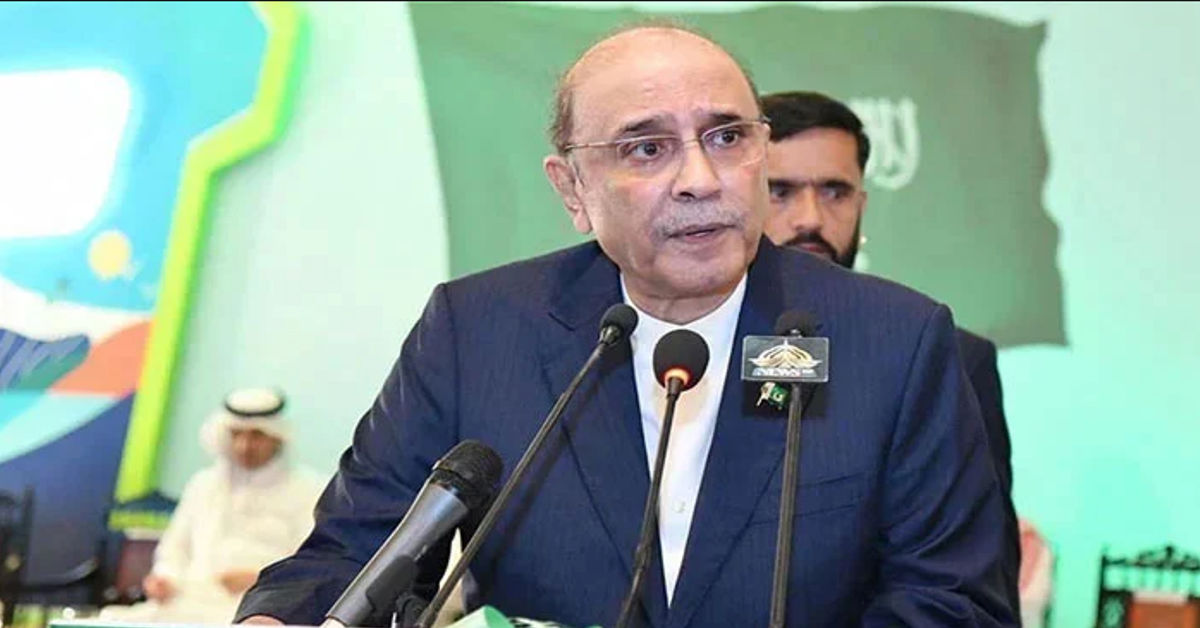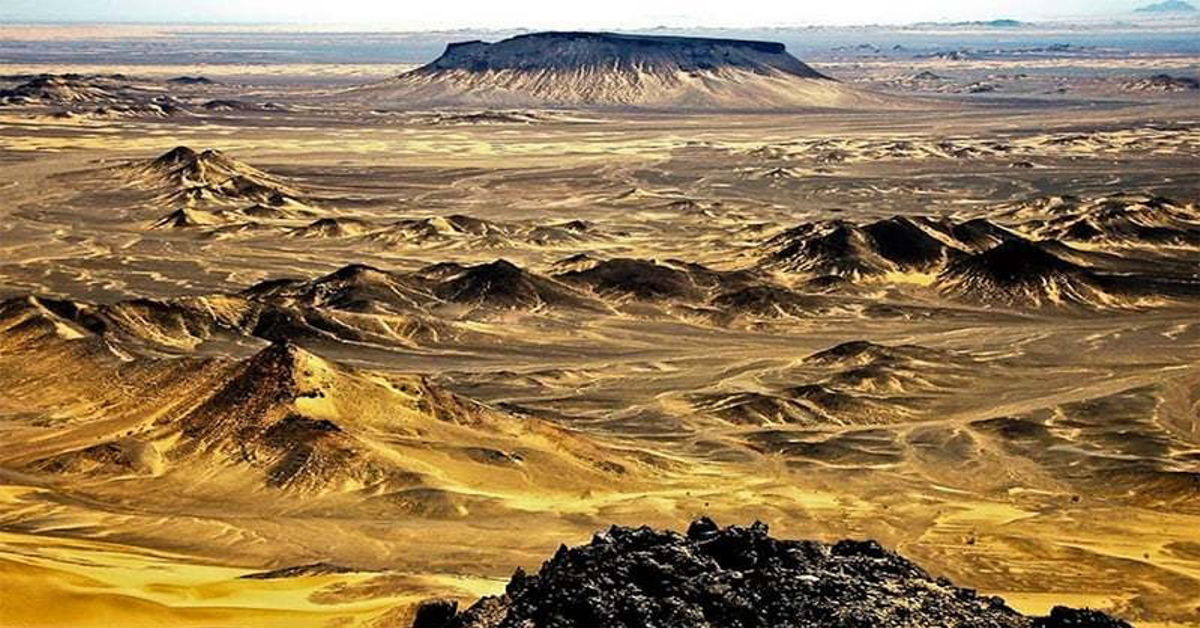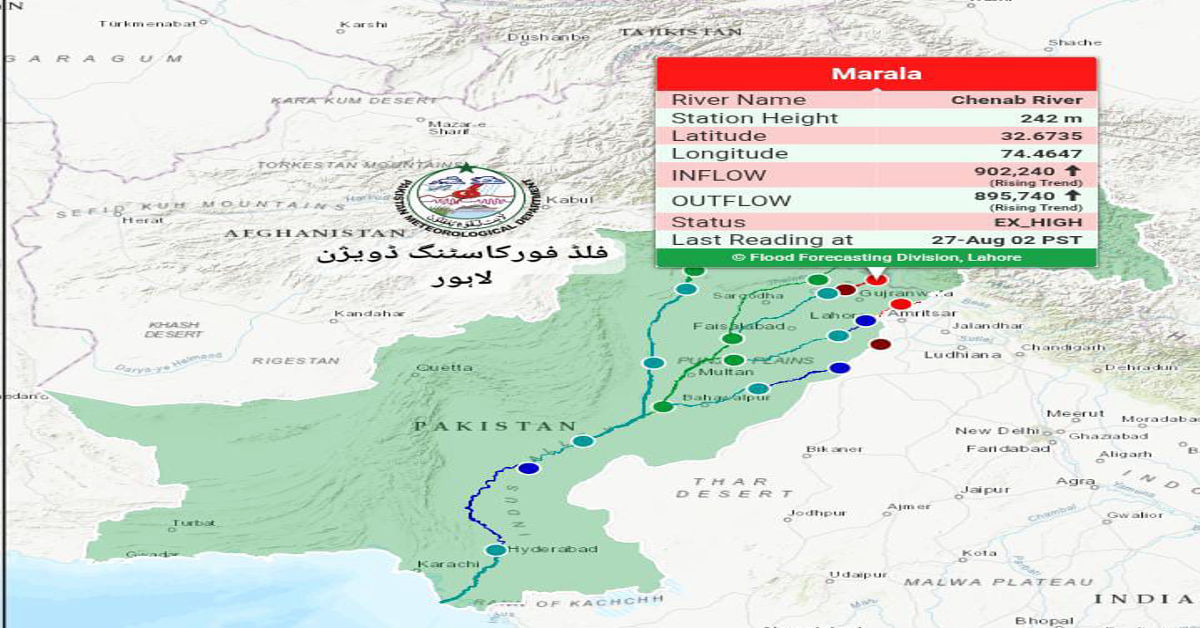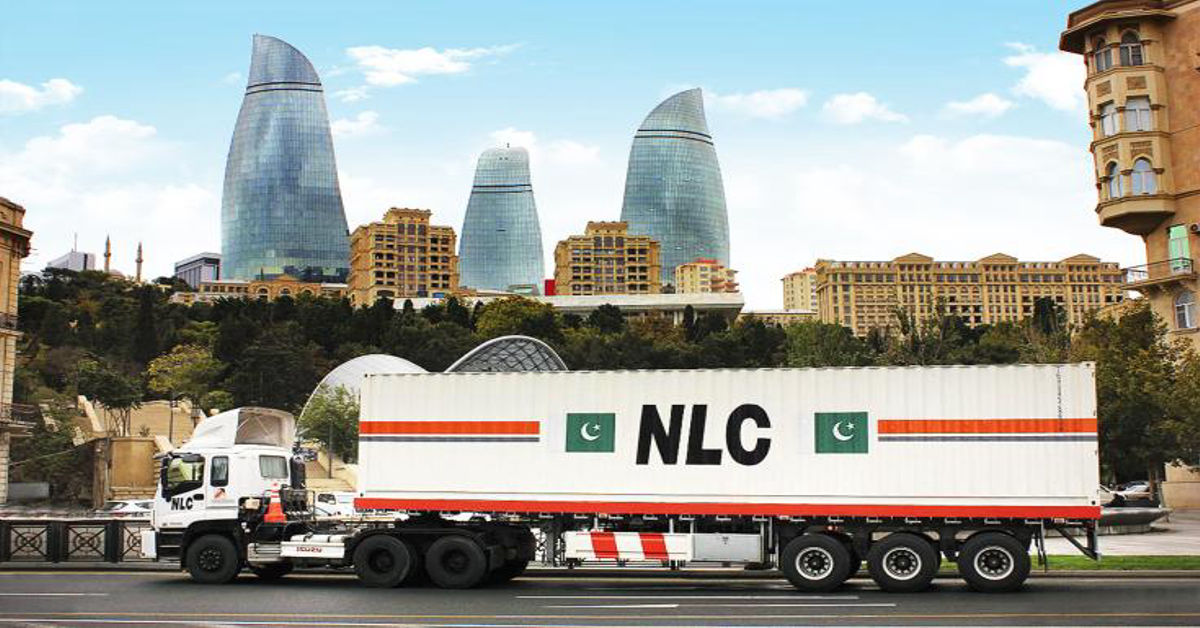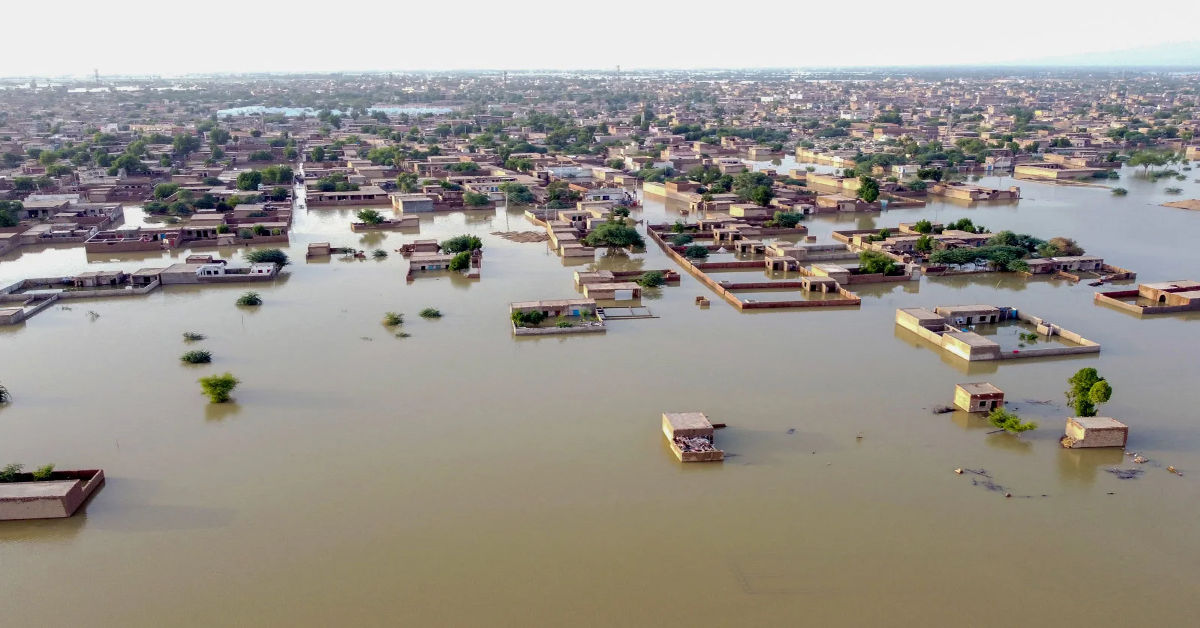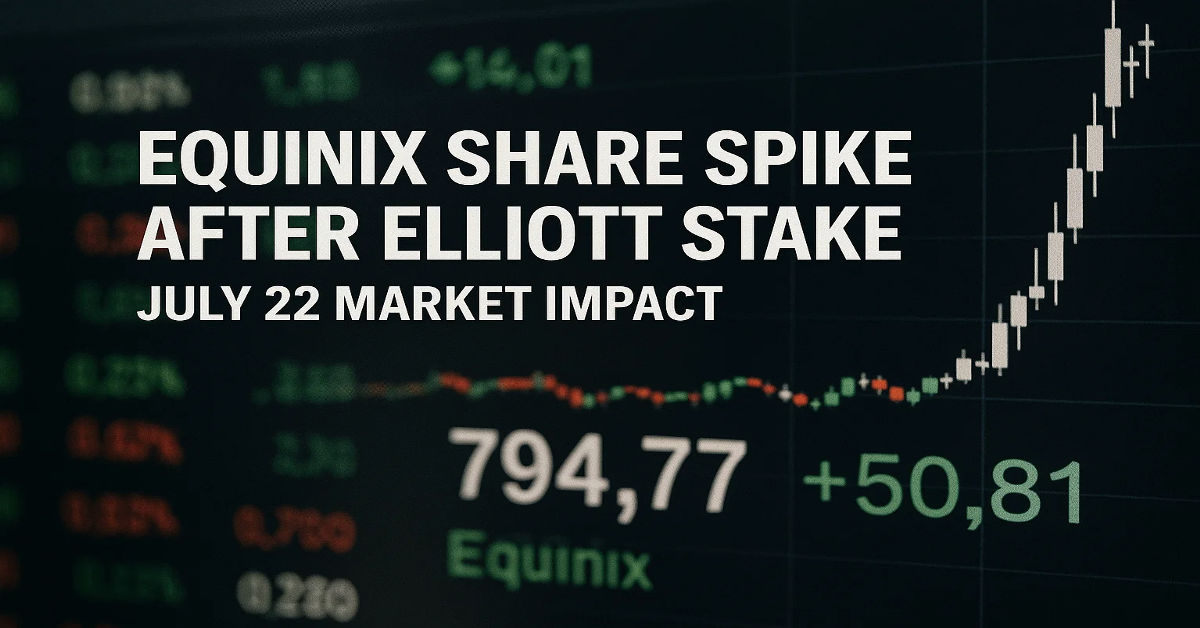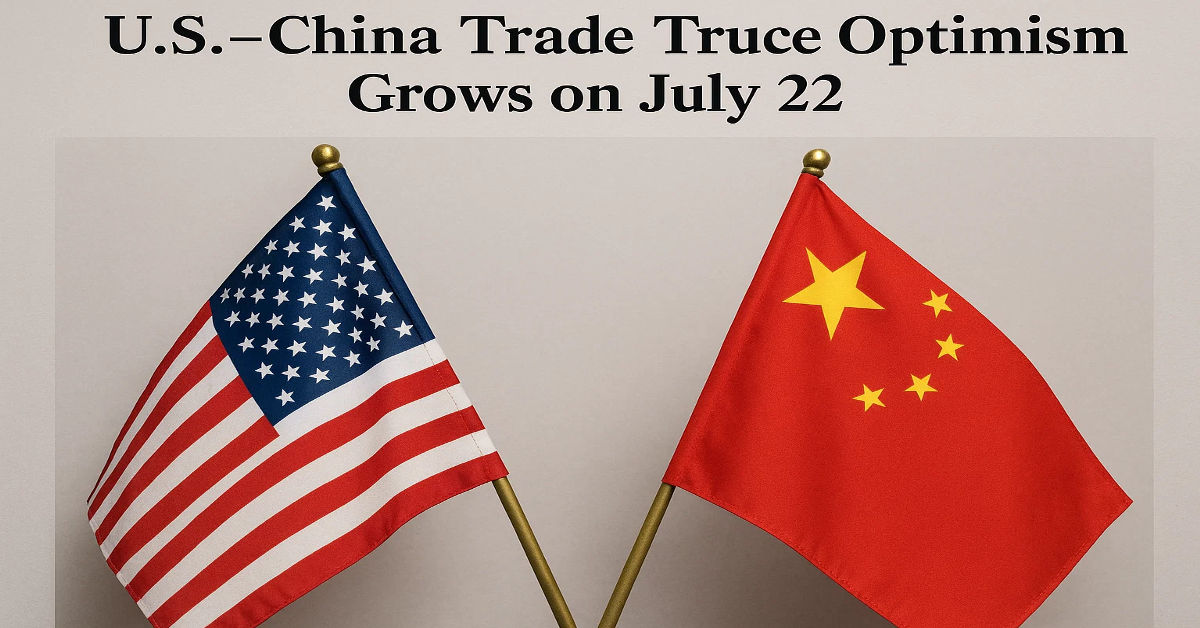
The Kuwaiti Dinar (KWD) has once again shown how it can hold its place by keeping an exchange rate of 913.99 PKR in the open market in Pakistan. In spite of a small drop from 916 PKR. Experts say that this change is within what is regular in the market. Because of changes in the global economy and international politics, the Dinar remains one of the strongest currencies around.
How new developments are reflected in the market
Changes in demand, reserve of other currencies and remittances cause the marginal depreciation of the Dinar to stay less than 0.3%. Market observers say these moves are normal and no one should be surprised by them. The low level of movement means the markets are calm and no major concerns are affecting Kuwaiti or Pakistani economies.
Remittances Play a Small but Notable Role
Pakistani migrants in Kuwait might receive somewhat fewer Pakistani Rupees for the same earnings they send home. Even though a rupees’ difference is not much, it matters to low-income families that depend completely on foreign remittances for their income. The small changes that overseas workers notice in their income can greatly affect family spending back in their country.
How the Currency has Performed Over an Extended Period
The stability of the Kuwaiti Dinar did not happen by chance. The economy is well supported by its oil industry and the currency basket helps stabilize the local currency from sharp fluctuations. The Dinar is strong worldwide because of Kuwait’s responsible economic decisions and unwavering trade surplus. Because it is tough, KWD is favored by investors and helps bring reliable earnings to Pakistan which depends on earnings from overseas workers.
A Study of the Changes in Pakistan’s Money Supply
Rather, the Pakistani Rupee is traded in a floating exchange rate system, so it responds to global influences, issues of political instability, inflation and changes in investor interest. Though this approach makes it possible to take quick action in an emergency, the currency is likely to lose value fast. If the government does not have enough foreign reserves or runs a high trade deficit.
Stable Trade Relations
The slight slip by the KWD should not affect trade between Pakistan and Kuwait in the short term. Changes in exchange rates presently wouldn’t cause significant effects on import-export prices. Kuwait supplies most of the energy in the trade, while Pakistan provides labor, and this mutual exchange creates a stable foundation for future cooperation.
Future Direction of the Market
Market analysts and traders keep an eye on possible changes, but, currently, they see no big concerns. Most predictions suggest the Dinar will remain stable unless major unexpected shocks occur. Experts advise both investors and remitters to stay informed about financial matters but not to panic over daily volatility.
Adjustments in Social and Professional Roles
Because the exchange rate has changed, remitters might start timing their money transfers to get the highest returns. Still, experts point out that the difference is not large enough to advise delays or quick returns of remittances. Advisors advise sending money regularly and encourage families to concentrate on key trends rather than what happens to currency every day.
The effects on the Economy as a whole
Healthy remittance money helps Pakistan’s economy, adding important sums to its foreign currency reserves. While lower KD may somewhat cut incoming Indian rupees from Kuwait, the expectation is that the overall amount sent won’t decrease a lot. At the same time, steady trade with Kuwait and other Gulf countries is protecting the economy. We can view the small fall in the KWD-PKR rate as a technical issue, not as a sign of any major influence.
Conclusion
The rate of 913.99 PKR for the Kuwaiti Dinar is almost the same as last week’s 916 PKR which proves its prominence globally and smoothness in Pakistan’s currency market. For people who get remittances, the effect is not big, but it comes to light as time passes. For people who trade, the system change won’t affect them too much. Since Kuwait maintains a stable economy and Pakistani workers stay well-connected to the Gulf, experts expect continued stability. If current trends continue, people will hardly notice these rate changes.



